Is nature and the natural world something that interests you and are you looking for the best nature museums to visit in São Paulo? These are the ones:
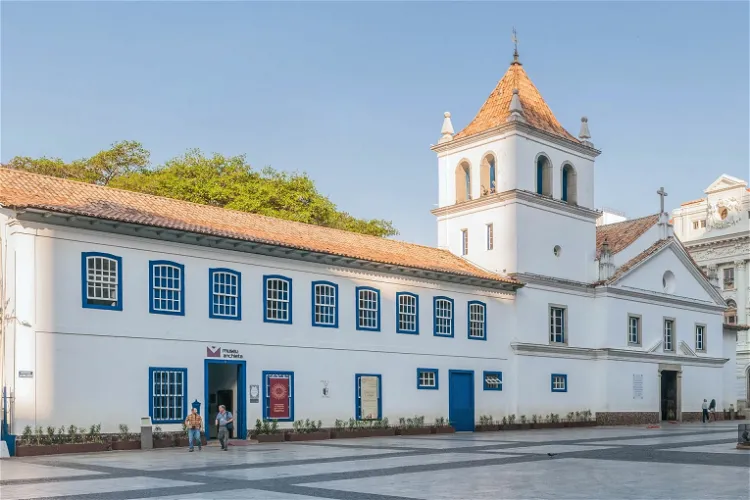
School Yard
São PauloPátio do Colégio, a historical Jesuit church and school, holds a significant place in the history of São Paulo, Brazil. It is the site where the city was founded back in 1554. The church and school have undergone various transformations over the centuries, reflecting the city's evolving history and culture.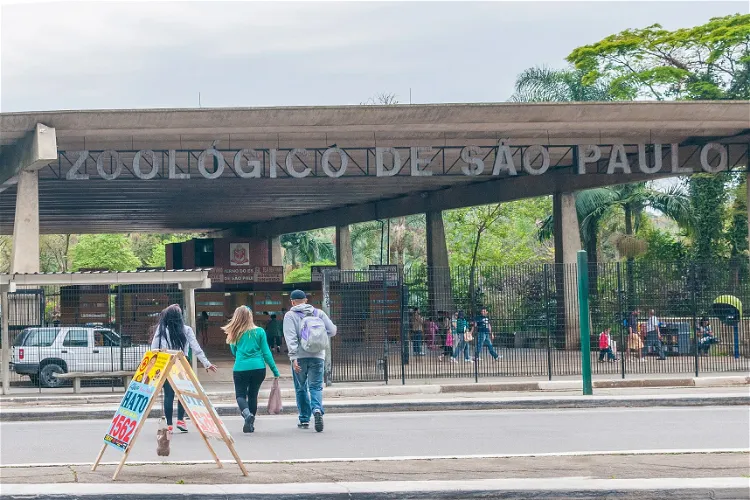
São Paulo Zoo
São PauloThe São Paulo Zoo, located south of the city of São Paulo, is the largest zoo in Brazil. It spans an impressive 82.45 hectares, a space that was originally part of the Atlantic Forest. This vast area allows the zoo to house a diverse range of animals in enclosures that replicate their natural habitats, providing visitors with an immersive and educational experience.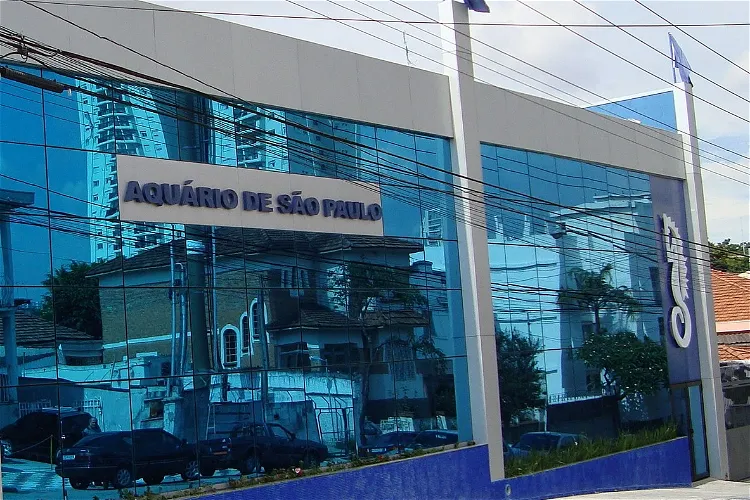
Sao Paulo Aquarium
São PauloIf you want to spend your day doing something extra exciting, consider visiting this large aquarium (in fact the largest one in Latin America) with more than 300 species of marine life and reptiles. Take your kids with you, this is a popular place for families with kids and the exhibitions are very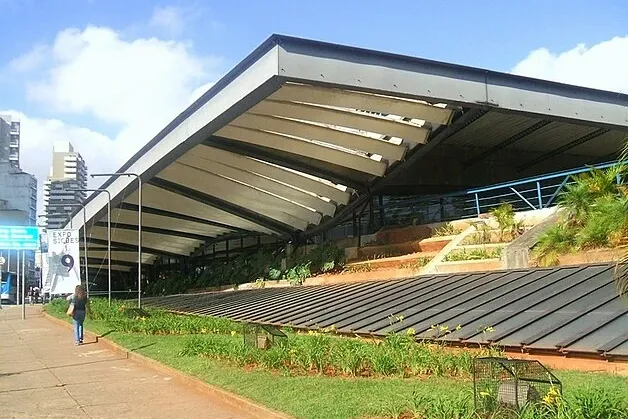
Sao Paulo Cultural Centre
São PauloThe São Paulo Cultural Centre, popularly known as Centro Cultural Vergueiro, is a public institution that falls under the jurisdiction of the Municipal Culture Secretariat of São Paulo city. This means that it is a government-run establishment, ensuring its commitment to the promotion and preservation of culture in the city.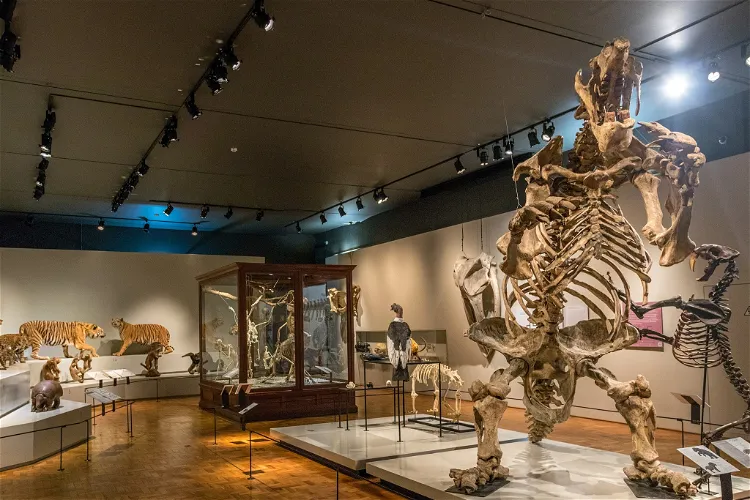
Museum of Zoology of the University of São Paulo
São PauloThe Museum of Zoology of the University of São Paulo, abbreviated as MZUSP, is a public natural history museum. It is situated in the historic Ipiranga district of São Paulo, Brazil. The museum is an educational and research institution that is part of the University of São Paulo. It was established at the end of the 19th century as part of the Museu Paulista and moved into a dedicated building in 1941. In 1969, the museum became a part of the University of São Paulo and received its current name.
Museu Botânico Dr. João Barbosa Rodrigues
São PauloThe Dr. João Barbosa Rodrigues Botanical Museum, also known as MBot, is a public state museum that is part of the Botanical Institute of São Paulo. It serves as a didactic-expository facility, providing educational and informative exhibits about botany. The museum is conveniently located in the Botanical Garden of São Paulo, specifically in the Cursino district of São Paulo.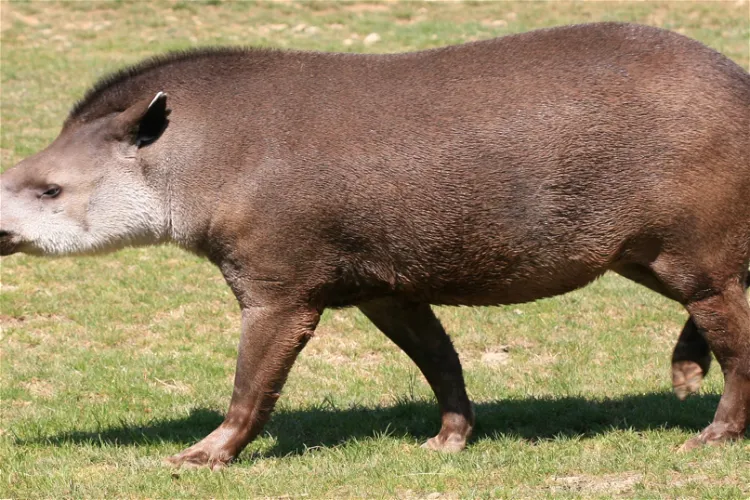
Zoo Safári
São PauloOne of the unique features of Zoo Safári is the opportunity it provides for visitors to interact with the animals, most of which are free-roaming, from the comfort of their cars. This offers a unique and immersive experience, allowing visitors to get up close with the animals in a safe and controlled environment.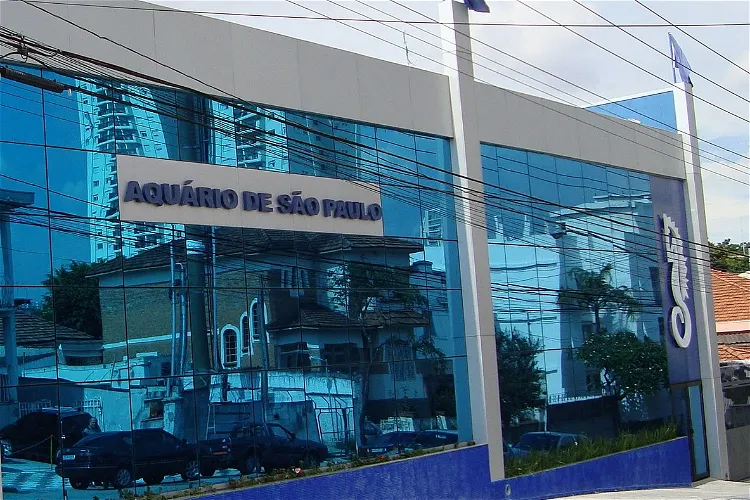
São Paulo Aquarium
São Paulo
Zoológico SP
São Paulo- 10
Aquário de Itaquera
São Paulo 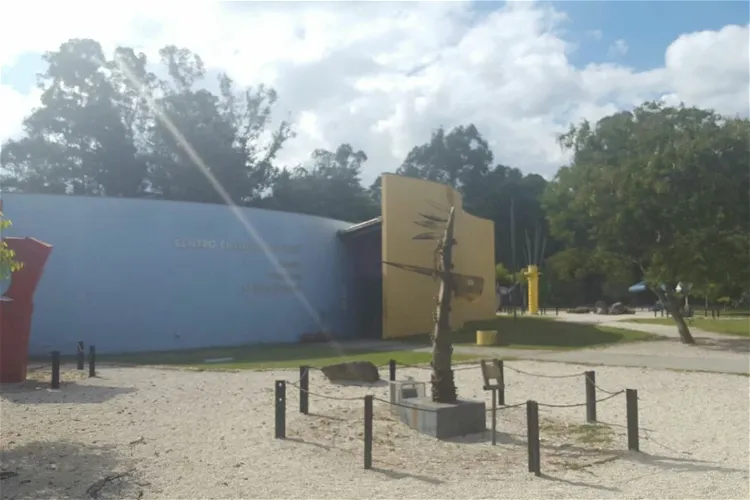
Museu do Tietê
São PauloThe Tietê Museum narrates the story of one of São Paulo's most significant rivers, the Tietê River. This is done through a variety of mediums including documents, objects from the region's indigenous culture, and photographs. Visitors can gain a deeper understanding of the river's history and its impact on the city and its people.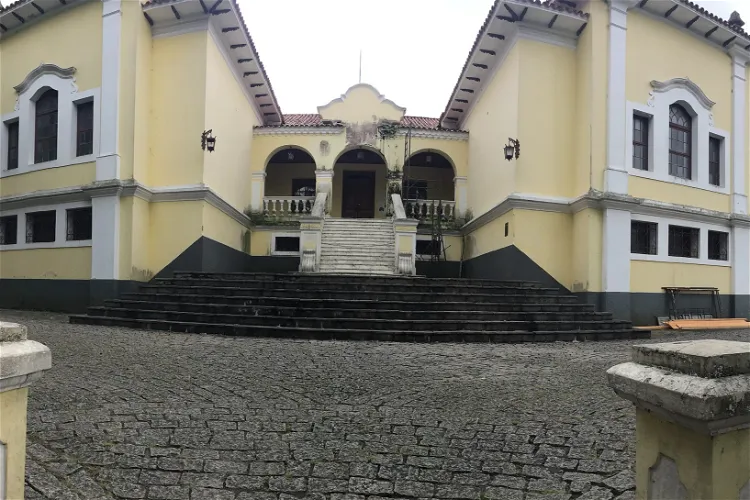
Museu Florestal Octávio Vecchi
São PauloThe Museu Florestal Octávio Vecchi is situated within the Parque Estadual Alberto Löfgren, offering visitors a chance to explore both the museum and the park during their visit. The museum is part of the organizational structure of the Instituto Florestal, a public institution dedicated to scientific research and nature conservation. It is linked to the Secretariat of Infrastructure and Environment of the state of São Paulo, ensuring its commitment to environmental preservation and education.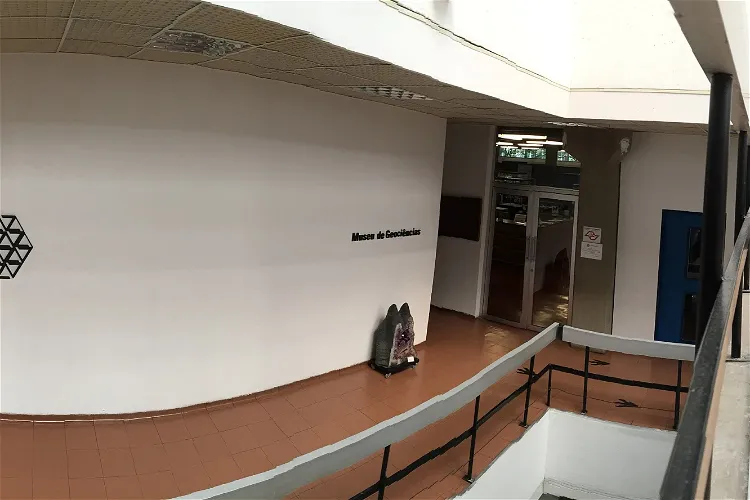
Geosciences Museum
São PauloThe Geosciences Museum is situated within the University of São Paulo, more precisely on the Butantã campus. This location makes it easily accessible for visitors who are already exploring the university or those who are in the vicinity. The museum is a part of the university's Institute of Geosciences, further enhancing its credibility and appeal to those interested in geology, mineralogy, and paleontology.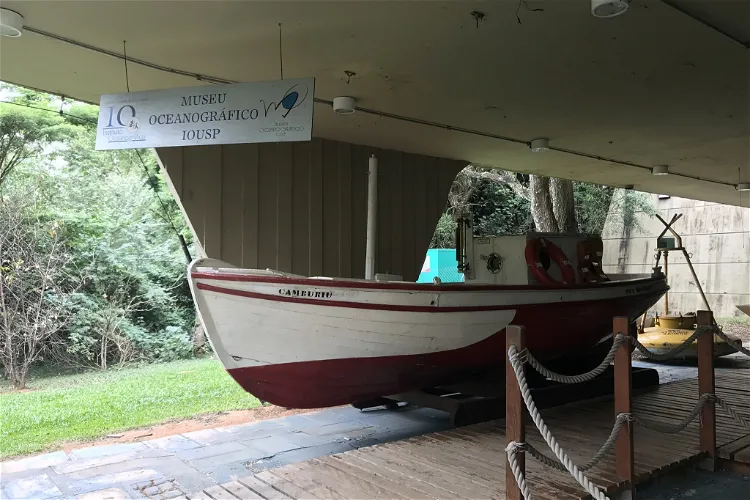
Oceanographic Museum
São PauloThe museum offers permanent exhibitions that are divided into modules. These modules highlight various aspects of the oceans, including their dynamics, structure, and biodiversity, as well as different aspects of oceanographic science. This provides a comprehensive and engaging learning experience for visitors of all ages.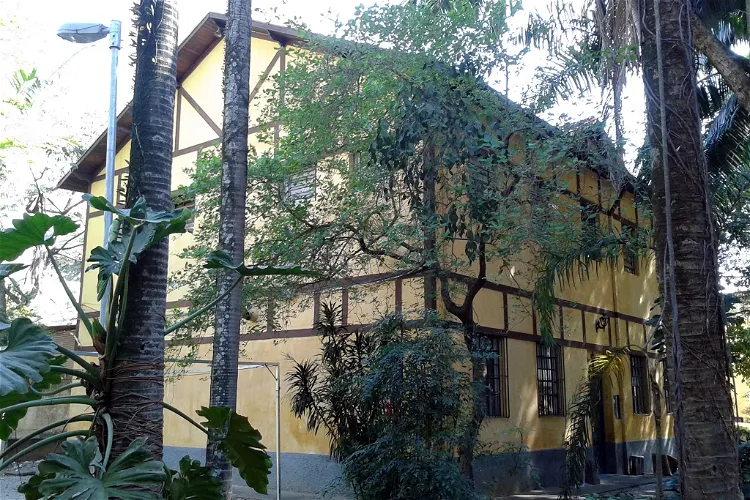
Museu Geológico Valdemar Lefèvre
São PauloThe museum is located in a small building that spans 340 square meters, nestled within the Parque da Água Branca in the Barra Funda district. It is home to a collection of approximately 3,500 pieces. This includes collections of minerals, rocks, and fossils, along with geological equipment, vintage photographs, and maps.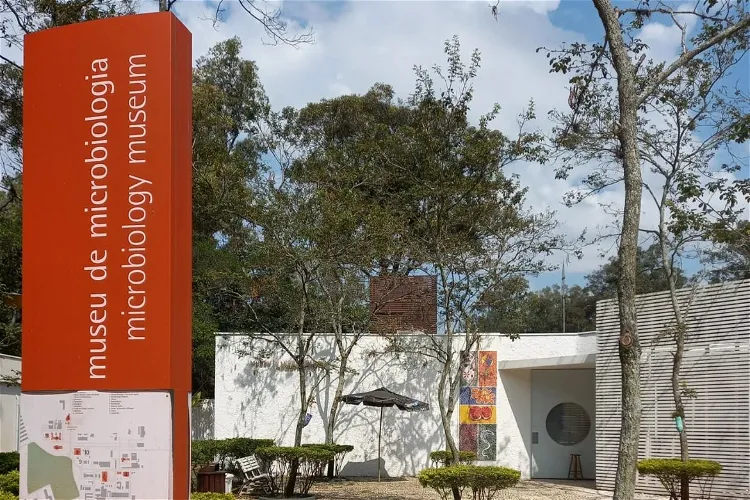
Museu de Microbiologia do Instituto Butantan
São PauloThe Microbiology Museum, inaugurated in 2002, is part of the scientific and cultural complex of the Butantan Institute. This complex also includes the Biological Museum, the Historical Museum, and the Emilio Ribas Public Health Museum. These museums collectively aim to stimulate scientific curiosity, especially among young people, and promote opportunities for the general public to engage with scientific culture through their exhibitions and educational activities.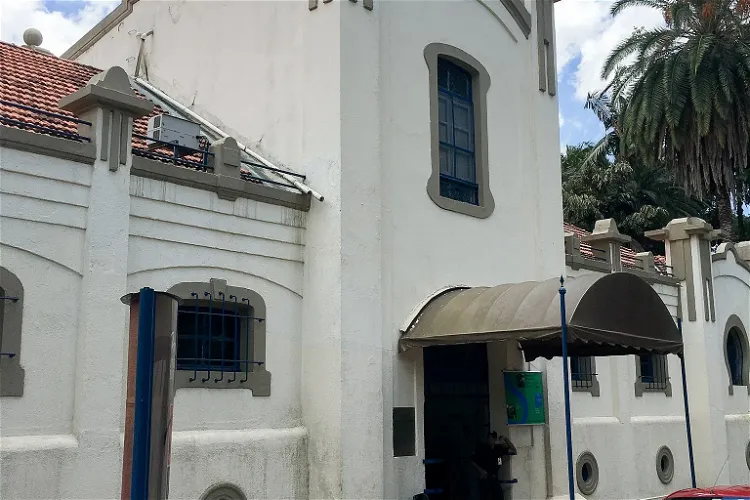
Museu Biológico Instituto Butantan
São PauloThe Butantan Institute Museum, located in São Paulo, is a unique institution dedicated to scientific research. It is particularly known for its live displays of various species, including snakes, lizards, spiders, and scorpions. This provides a unique opportunity for visitors to observe these creatures up close in a safe and controlled environment.- 18
Museum of Human Anatomy Alfonso Bovero
São Paulo - 19
Aquário do Centro
São Paulo